Small-town America gets a bad rap these days. Critics dismiss main streets as relics of a bygone era, casualties of suburban sprawl and online shopping. Yet scattered across the country, certain towns prove that walkable downtowns aren’t just surviving—they’re thriving.
These places figured out something that big cities often miss: community happens when people can bump into each other on sidewalks. Main Street isn’t just an address in these towns; it’s the beating heart of local life.
Here are 15 destinations where downtown still means something, and walking from shop to shop beats any mall experience hands down.
Stowe, Vermont
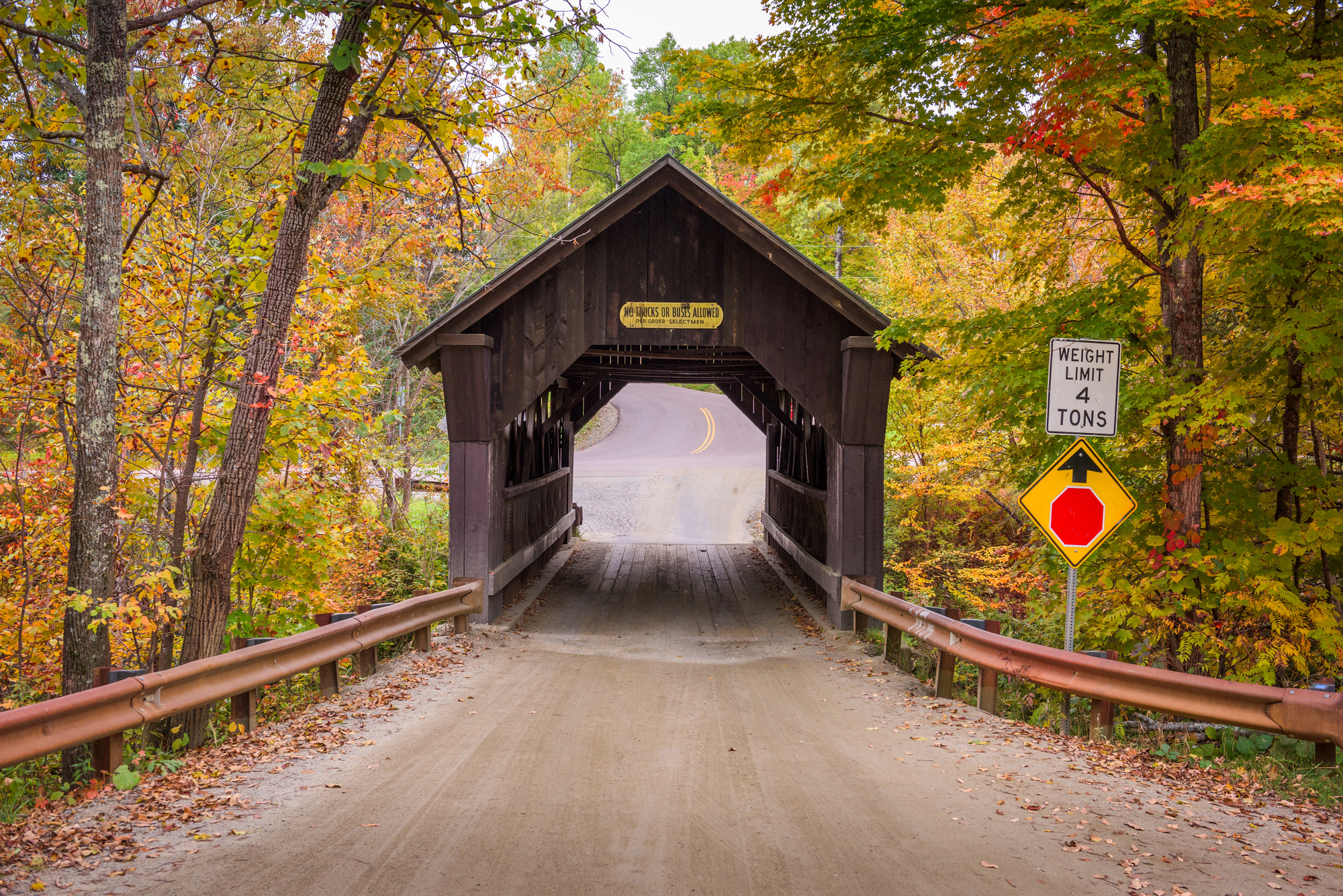
Stowe’s main drag feels like someone designed it specifically for postcards, but the authentic charm runs deeper than tourist brochures suggest. Local businesses dominate the streetscape—you won’t find many chain stores cluttering the sidewalks.
The mountains provide a backdrop that changes with the seasons, though the town’s character remains constant year-round.
Galena, Illinois

This Mississippi River town preserved its 19th-century architecture so well that Hollywood uses it as a filming location for period pieces. Main Street slopes down toward the river, lined with antique shops and galleries housed in original brick buildings.
The whole place feels frozen in time, except for the excellent restaurants and modern amenities hidden behind those historic facades.
Friday Harbor, Washington

Ferry rides to Friday Harbor create anticipation that the town’s compact downtown delivers on completely. Everything centers around a few walkable blocks where locals mix with visitors without anyone feeling out of place.
The harbor views don’t hurt, but the real draw is how easily you can wander from a coffee shop to a bookstore to a waterfront park.
Like Travel Pug’s content? Follow us on MSN.
Carmel-by-the-Sea, California
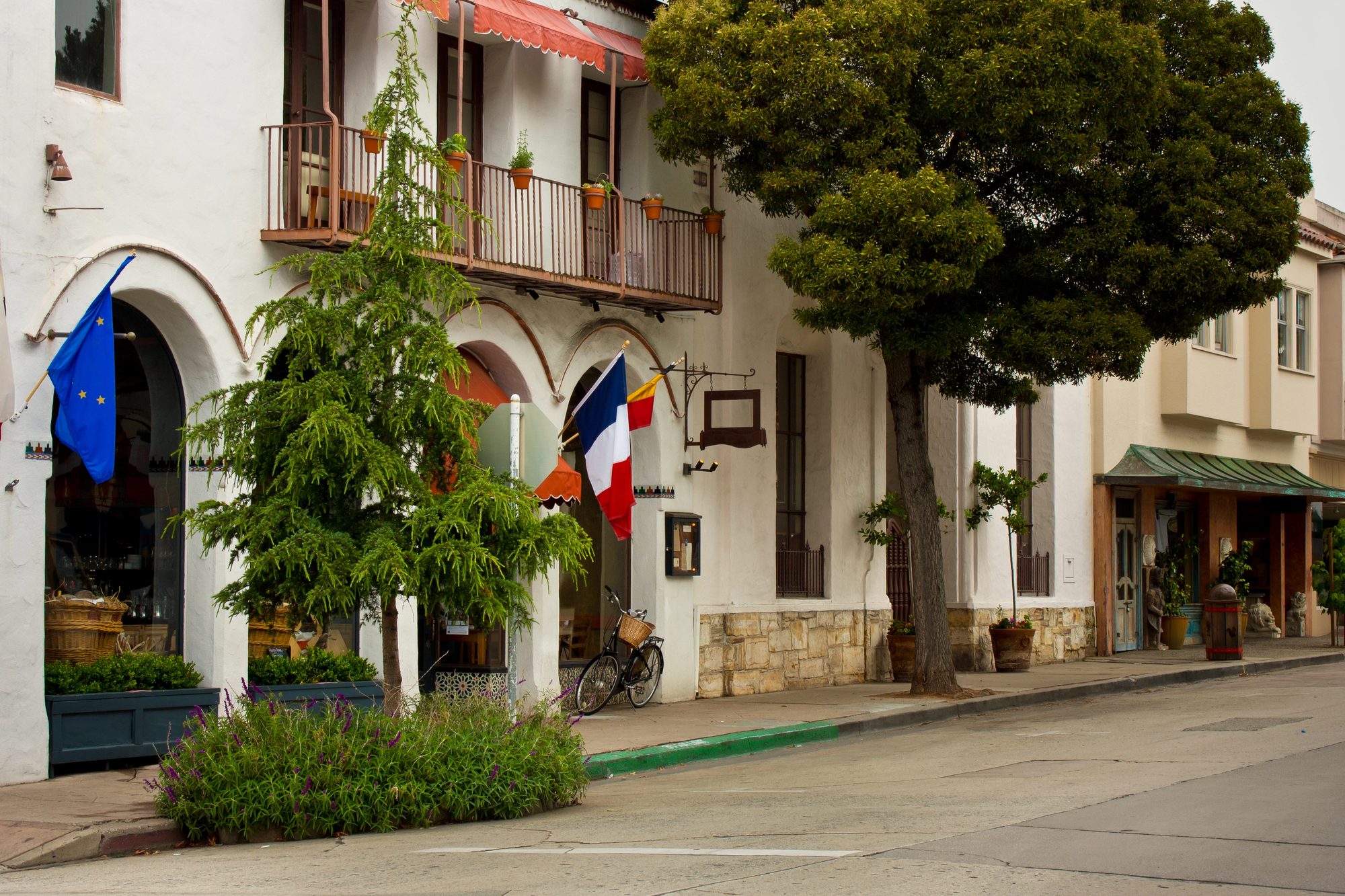
Carmel takes quaint to almost ridiculous extremes—no street addresses, fairy-tale cottages, former mayor Clint Eastwood—yet somehow it works. The main shopping area spreads across several blocks of winding streets that encourage meandering rather than purposeful shopping.
Galleries and boutiques occupy buildings that look like they were designed by someone who read too many Brothers Grimm stories.
Woodstock, Vermont

This Woodstock predates the famous concert by about 200 years and trades on old-money New England charm rather than hippie nostalgia. The oval-shaped town green anchors everything, with shops and restaurants radiating outward like spokes on a wheel.
Local institutions have operated from the same buildings for generations, creating continuity that money can’t manufacture.
Saratoga Springs, New York
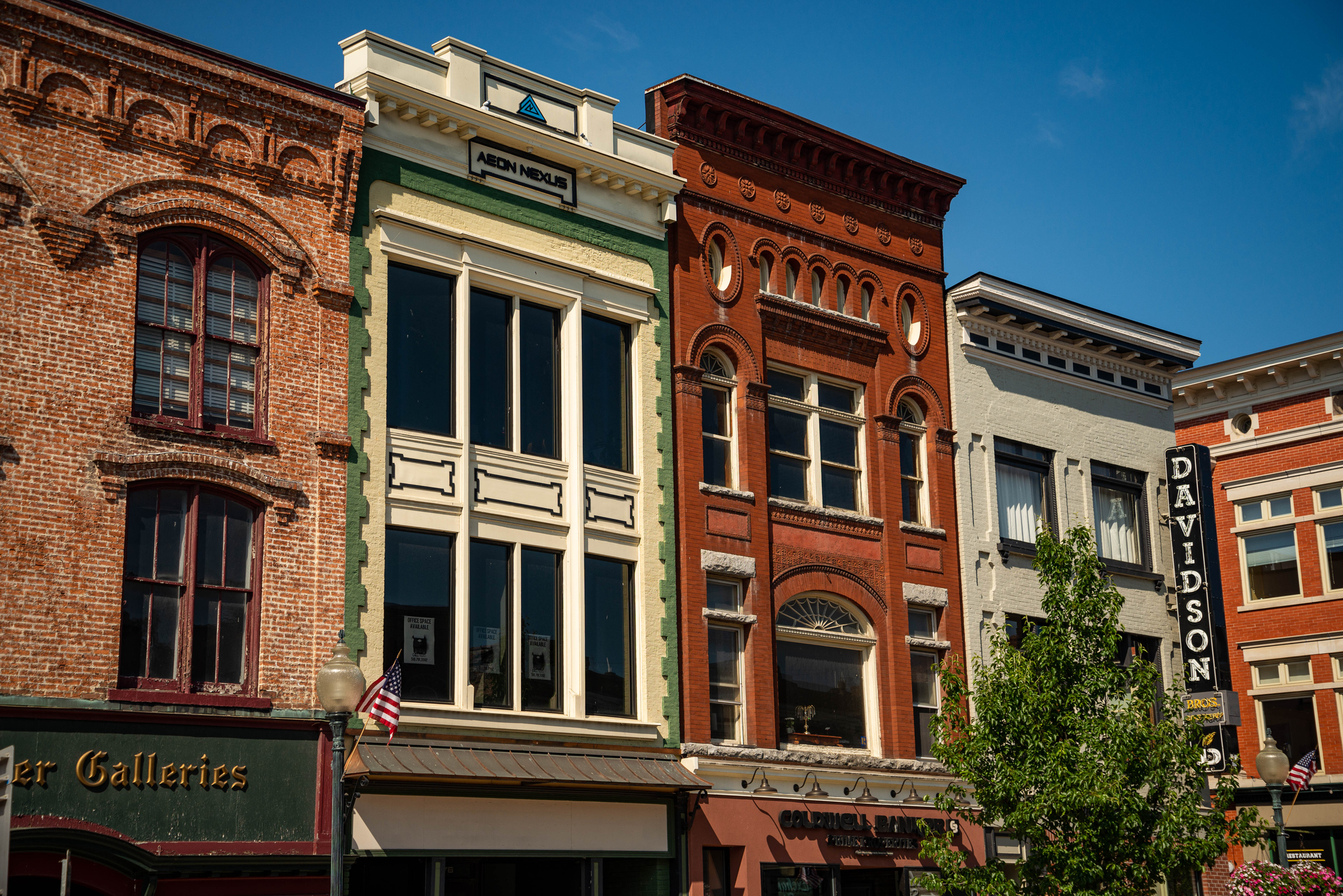
Saratoga proves that horse racing and mineral water can sustain a thriving downtown for over a century. Broadway (the main street, not the theater district) bustles with activity that peaks during racing season but never really dies down.
The Victorian architecture provides constant eye candy, while the mix of old-school establishments and contemporary additions keeps things interesting.
Like Travel Pug’s content? Follow us on MSN.
Bar Harbor, Maine
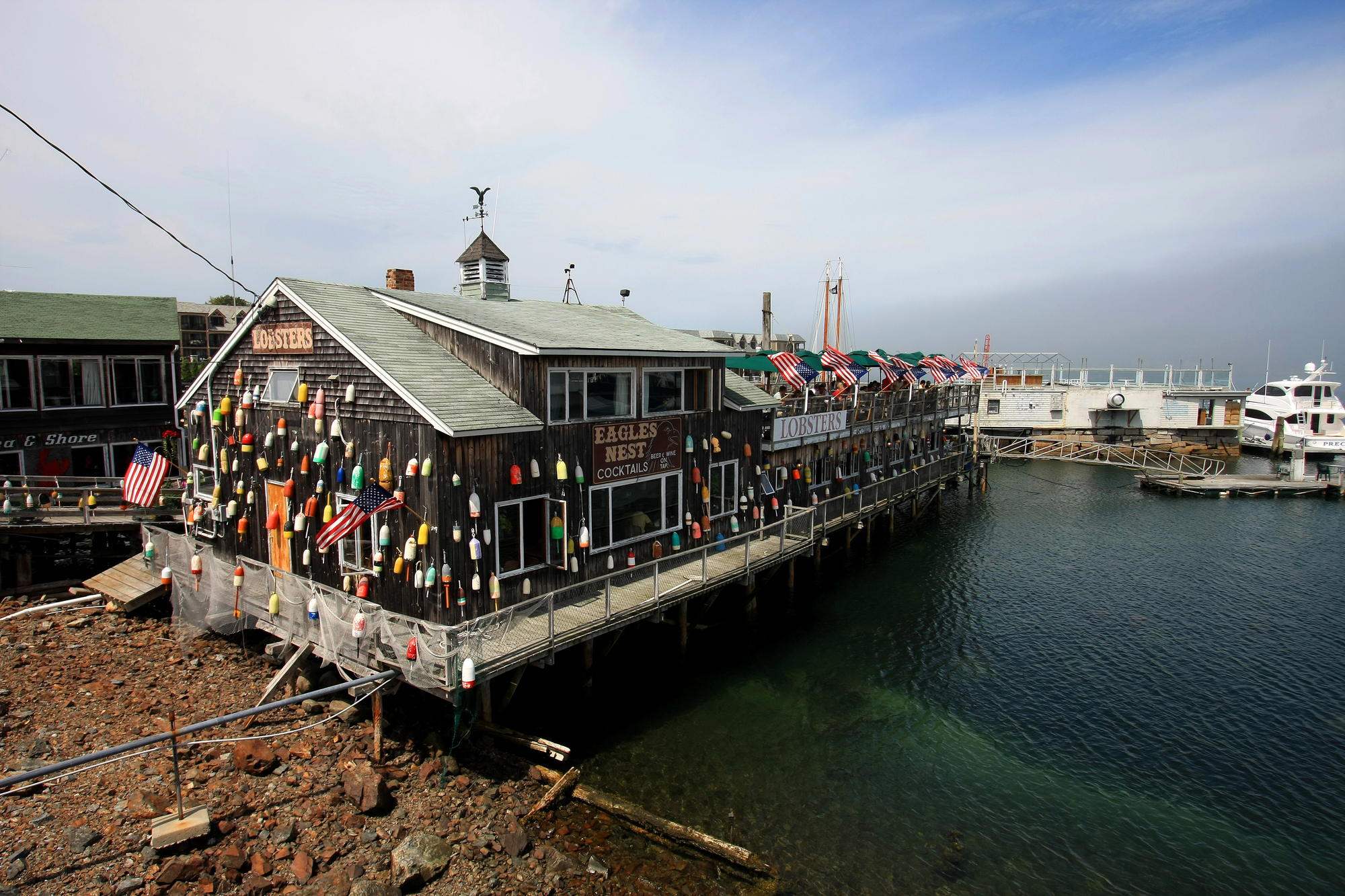
Bar Harbor’s proximity to Acadia National Park brings crowds, but the town handles tourism without losing its fishing village soul. Main Street runs straight from the harbor to the shops, making navigation simple even when sidewalks get crowded.
Lobster restaurants share space with art galleries, creating a balance between tourist needs and local culture.
Eureka Springs, Arkansas
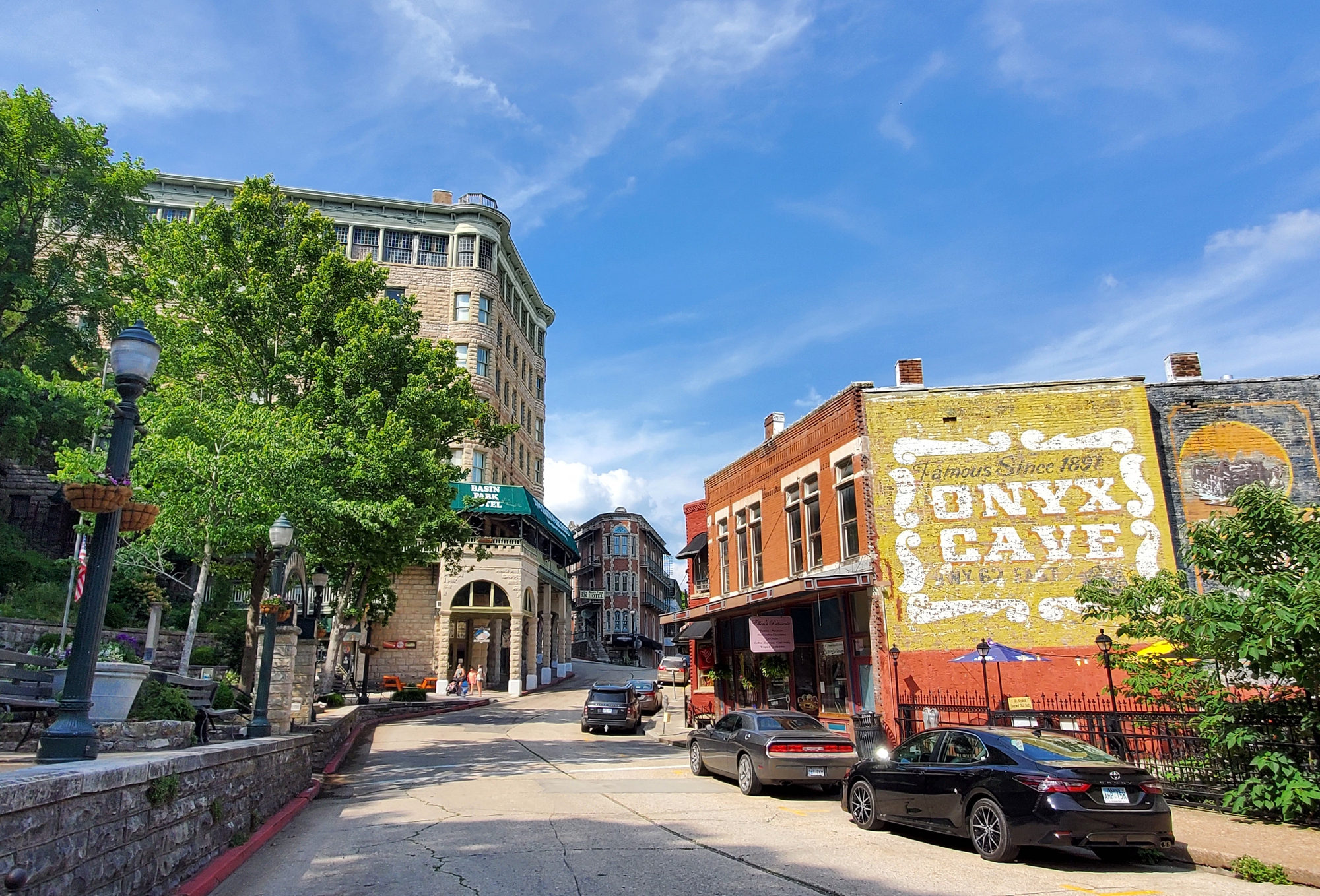
Built into Ozark mountainsides, Eureka Springs defies conventional town planning with streets that twist and climb in seemingly random directions. The Victorian architecture survived because the town went bust before anyone could afford to tear buildings down and start over.
Today, that preserved eccentricity attracts visitors who appreciate authenticity over polish.
Williamsburg, Virginia
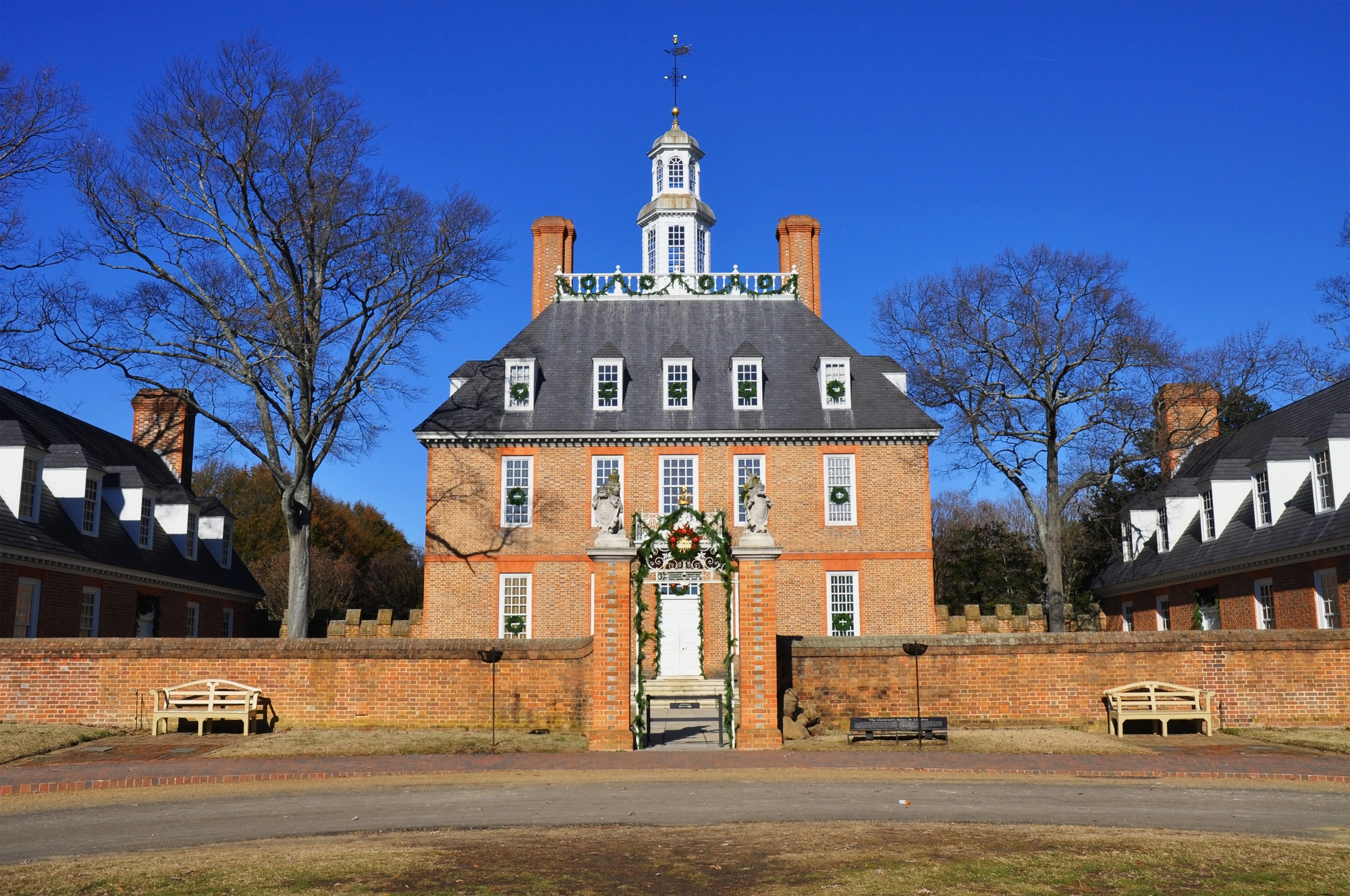
Colonial Williamsburg gets attention, but the modern town’s main street holds its own appeal for people who prefer their history without costumes. The restored area and contemporary downtown complement each other nicely, offering visitors choices between carefully curated colonial experiences and authentic small-town life.
Duke of Gloucester Street connects both worlds seamlessly.
Like Travel Pug’s content? Follow us on MSN.
Connecticut
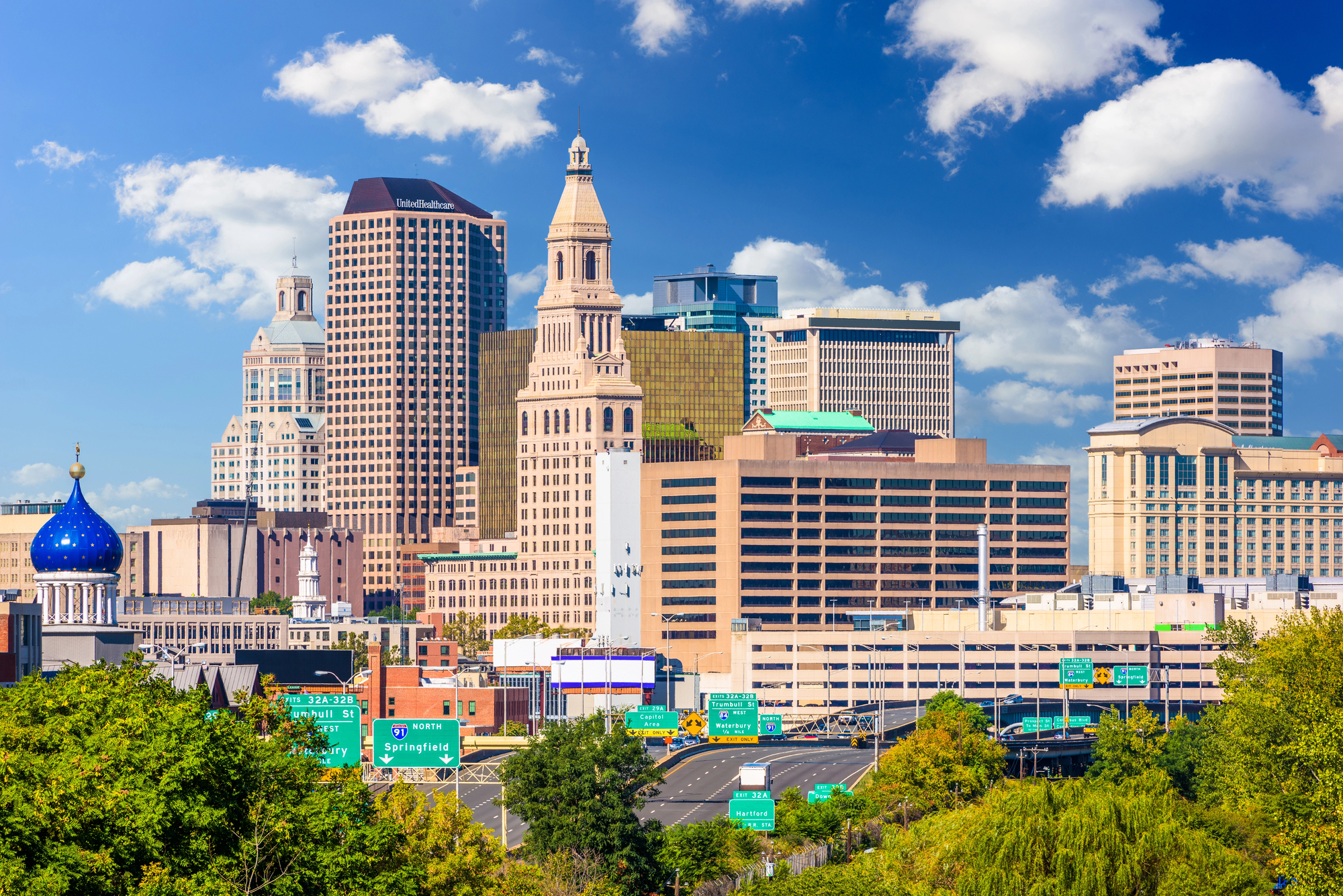
Mystic’s maritime heritage shows in every detail, from the working seaport to the restaurants serving fresh seafood. Olde Mistick Village provides the shopping experience, while downtown Mystic offers the genuine article—local businesses in historic buildings along the Mystic River.
The drawbridge still opens for tall ships, though it mostly accommodates pleasure craft these days.
Salida, Colorado
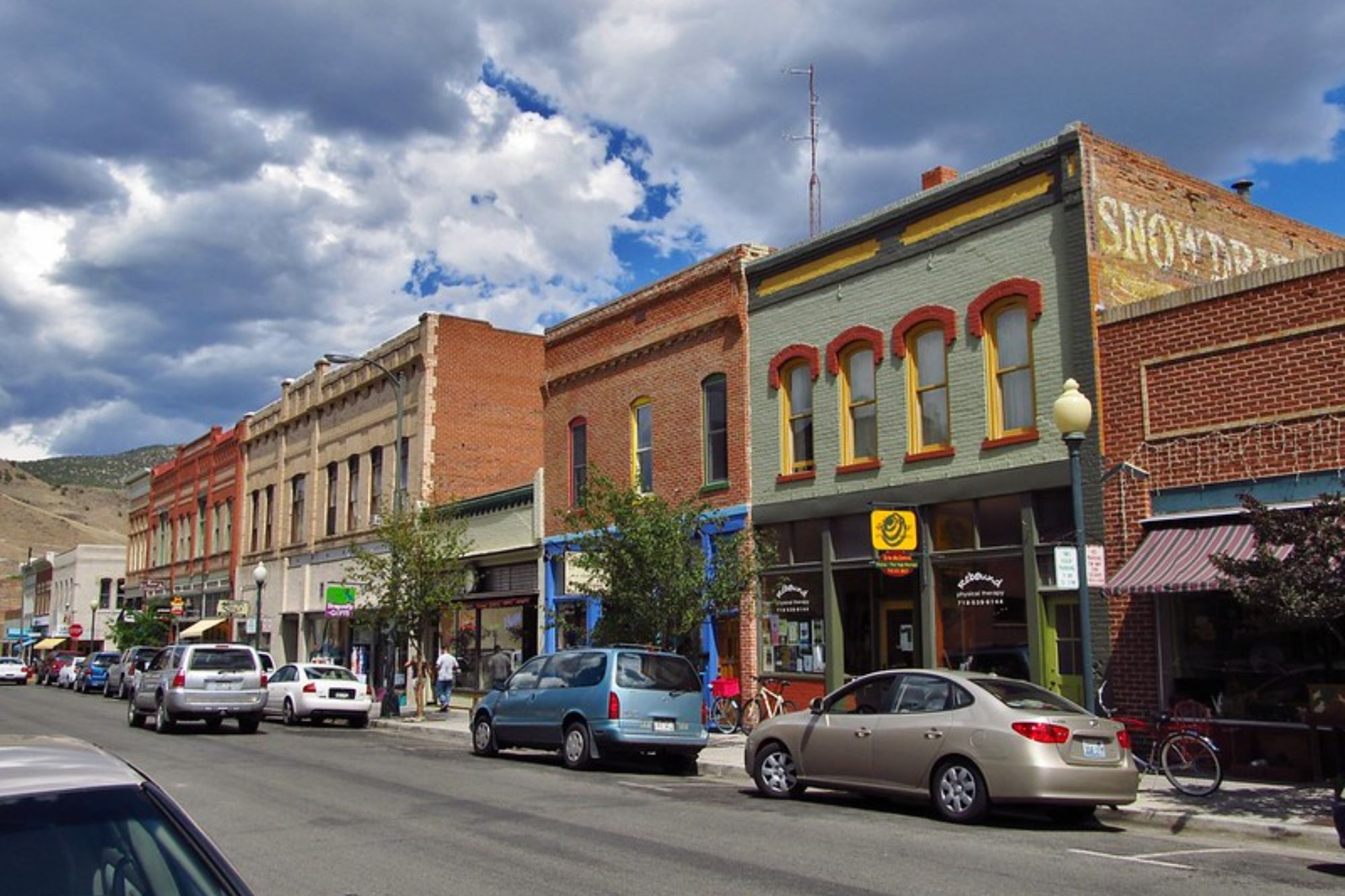
Surrounded by mountains that make even jaded travelers reach for their cameras, Salida combines outdoor recreation with small-town hospitality. Main Street hosts art galleries, gear shops, and restaurants that cater to both locals and adventure tourists.
The Arkansas River runs nearby, providing white-water rafting that’s accessible right from downtown.
Madison, Indiana
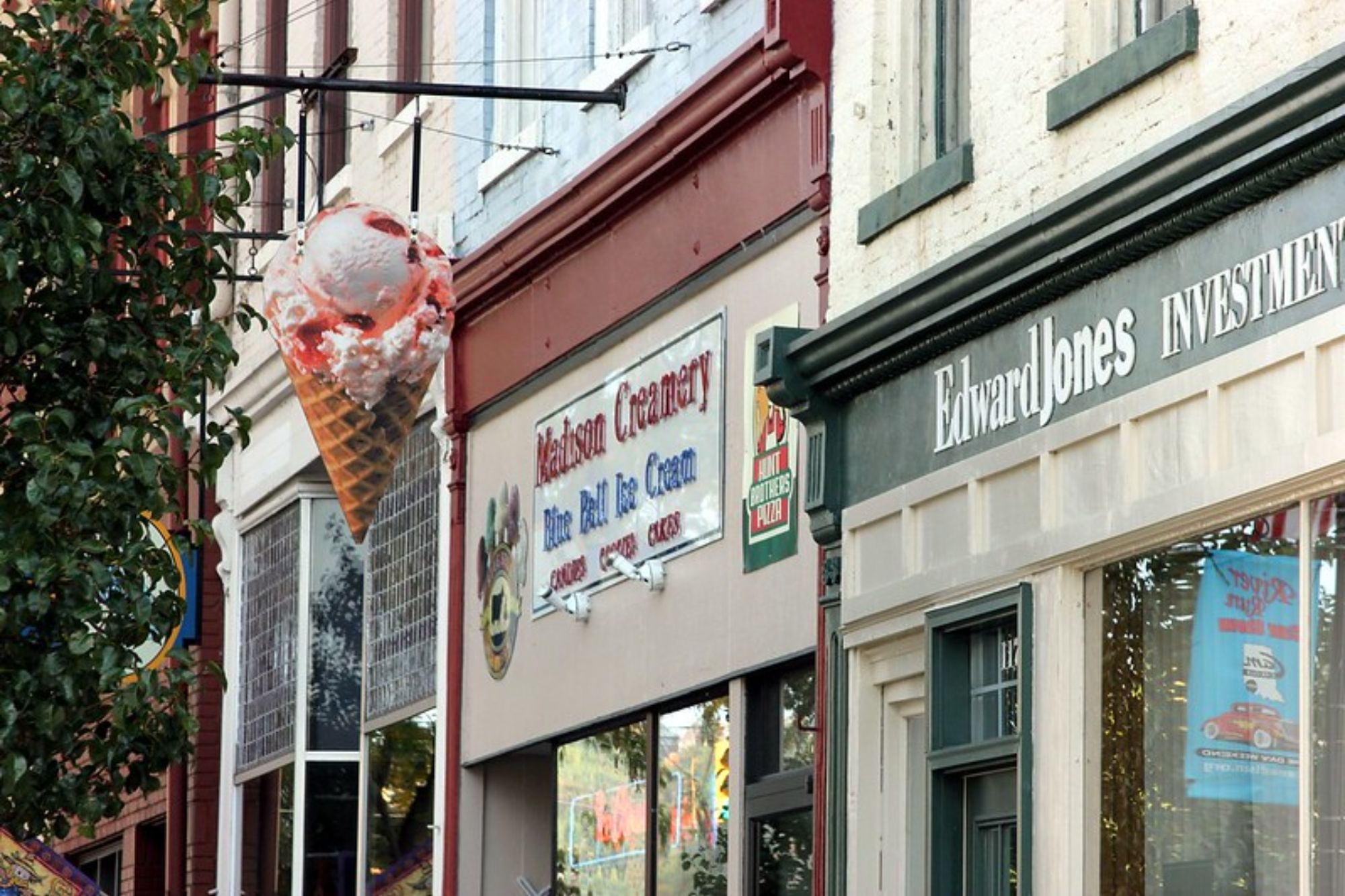
Perched on the Ohio River, Madison preserved more antebellum architecture than most Southern towns managed to keep. Main Street stretches for blocks lined with buildings that survived the Civil War and subsequent economic ups and downs.
The town reinvented itself as a tourist destination without sacrificing the authentic character that makes it worth visiting.
Like Travel Pug’s content? Follow us on MSN.
Port Townsend, Washington
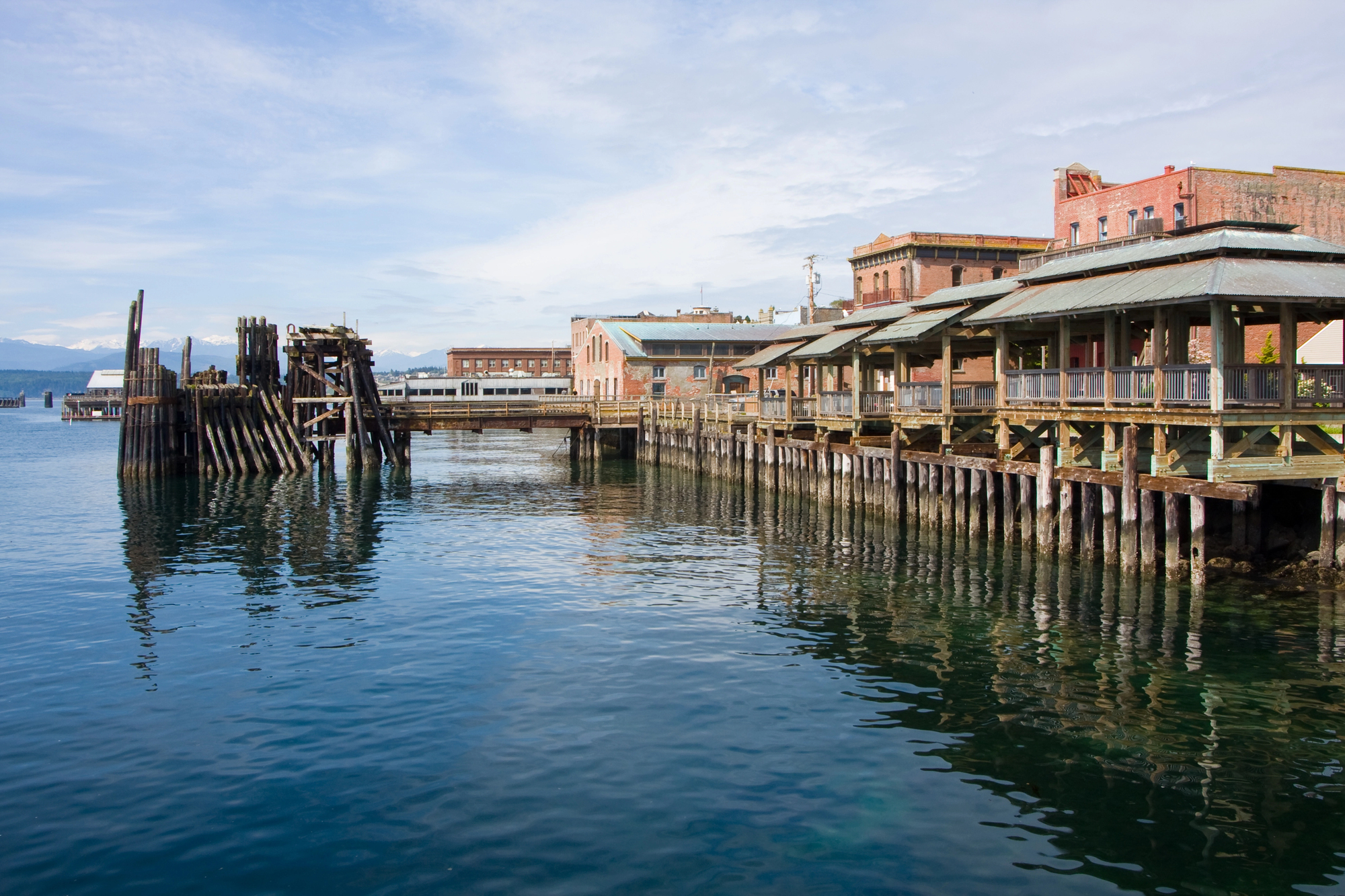
Victorian-era lumber barons built Port Townsend to be the major port on Puget Sound, then went bust when the railroad chose Seattle instead. Their architectural legacy creates one of the best-preserved downtown districts on the West Coast.
Water Street runs along the harbor, while uptown provides elevated views of the Olympic Mountains.
New Hope, Pennsylvania
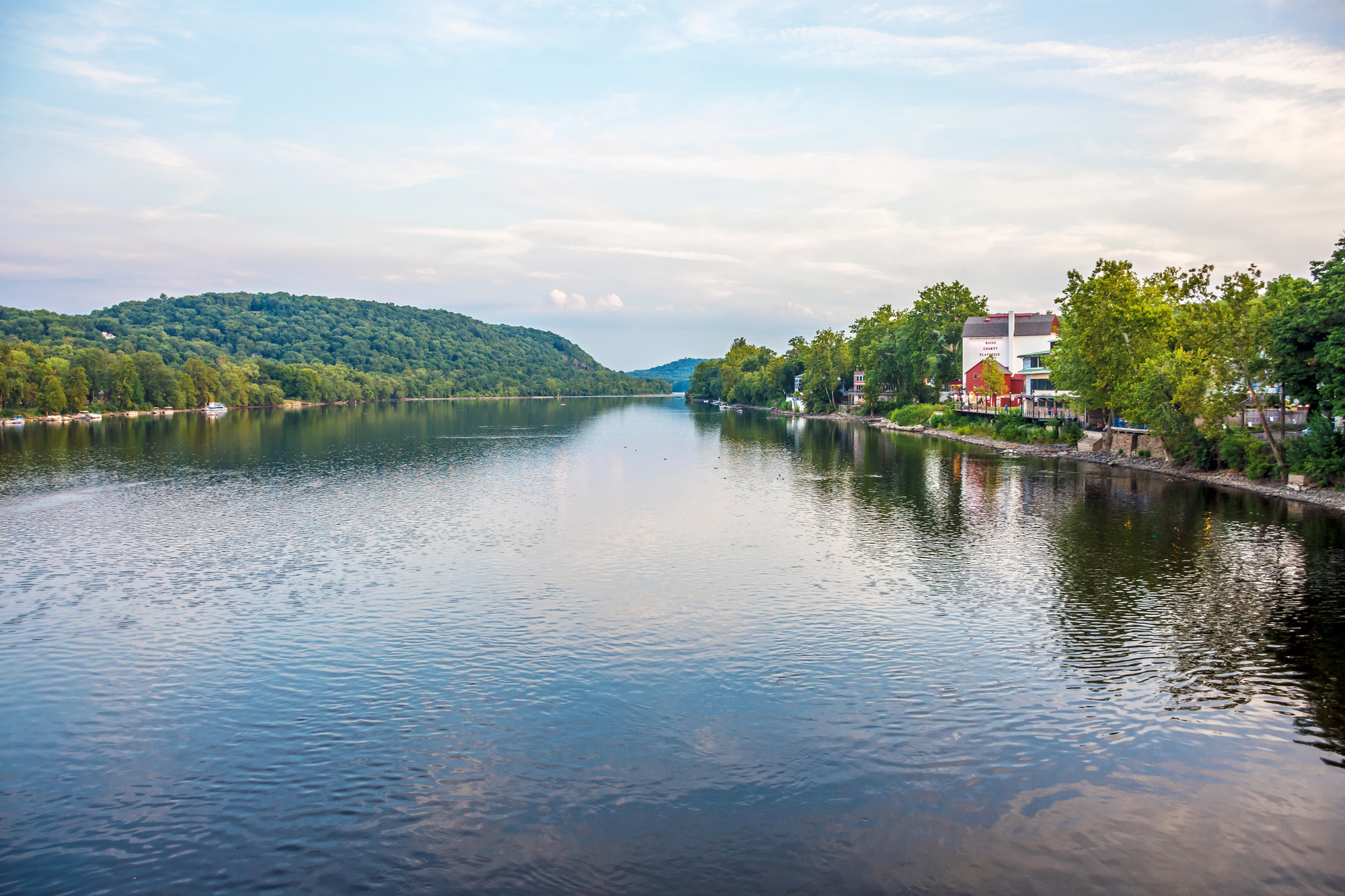
Straddling the Delaware River, New Hope attracts day-trippers from New York and Philadelphia who come for antiques, art, and atmosphere. The canal towpath provides car-free walking, while Main Street offers shopping in buildings that date back to colonial times.
The mix of sophistication and small-town charm appeals to urban visitors seeking authentic experiences.
Shepherdstown, West Virginia

Home to the oldest college in West Virginia, Shepherdstown maintains that perfect college town energy where students and locals create a symbiotic relationship. German Street (the main drag) runs through the historic core, where 18th-century buildings house contemporary businesses.
The Potomac River provides recreational opportunities, while the town provides cultural amenities that punch above its weight class.
Like Travel Pug’s content? Follow us on MSN.
Where Community Still Lives
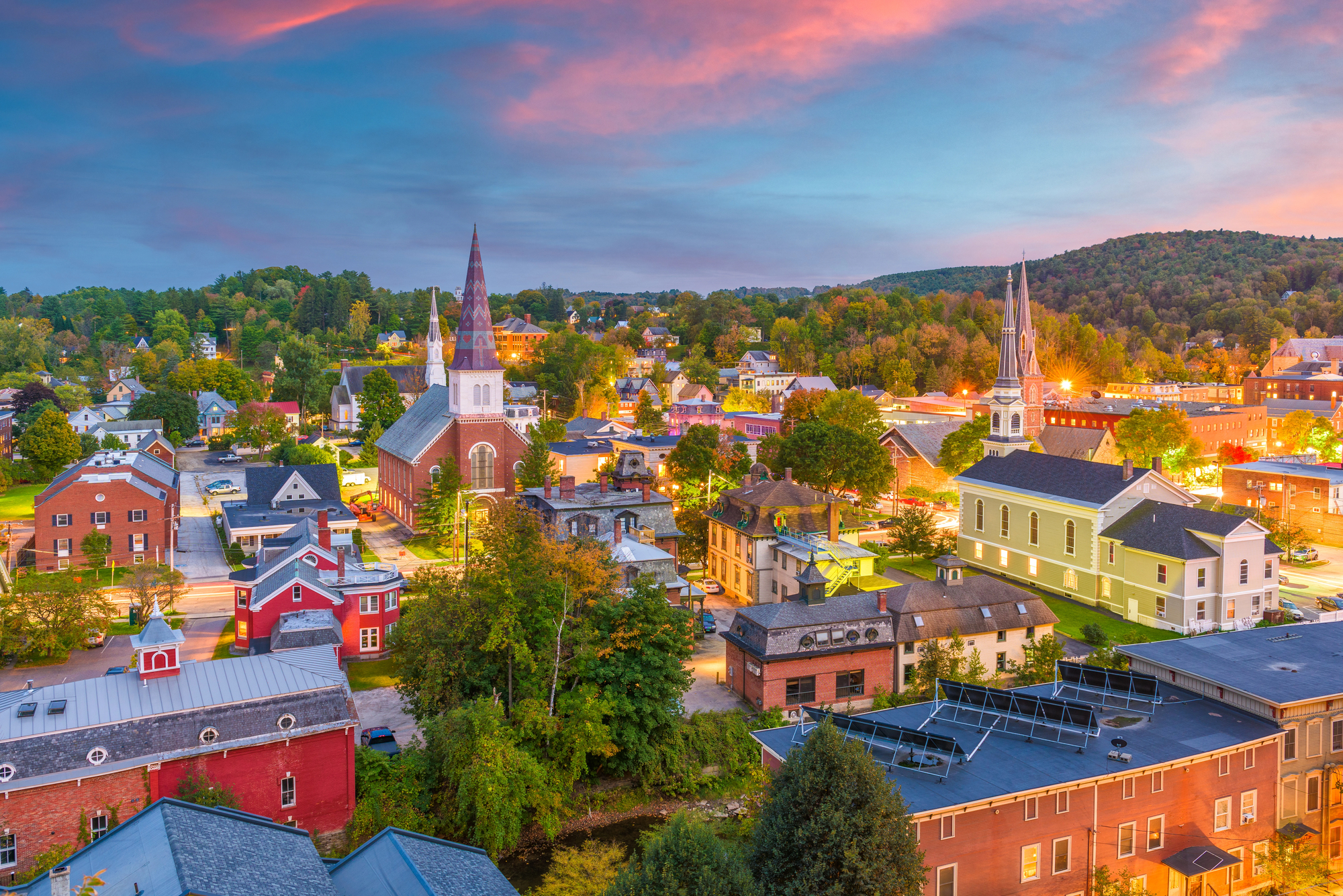
These towns prove that reports of Main Street’s death have been greatly exaggerated. They survived by adapting rather than resisting change, embracing tourism while maintaining local character.
Their success comes from understanding that people crave authentic experiences—places where walking is encouraged, businesses know their customers’ names, and community events happen on actual streets rather than in climate-controlled malls. In our increasingly digital world, these destinations offer something irreplaceable: the chance to be part of a real place where neighbors still matter and downtown means something more than just another shopping district.
More from Travel Pug

- Cities Growing so Fast You Won’t Recognize Them in 10 Years
- 13 Destinations Where Tourists Regularly Regret Their Trip
- 16 U.S. Cities That Are Quietly Becoming Travel Hotspots
- Where to Travel If You Love Long Bus Rides and Daydreams
- 20 Cities Perfect for Solo Travelers Who Crave Adventure & Culture
Like Travel Pug’s content? Follow us on MSN.
